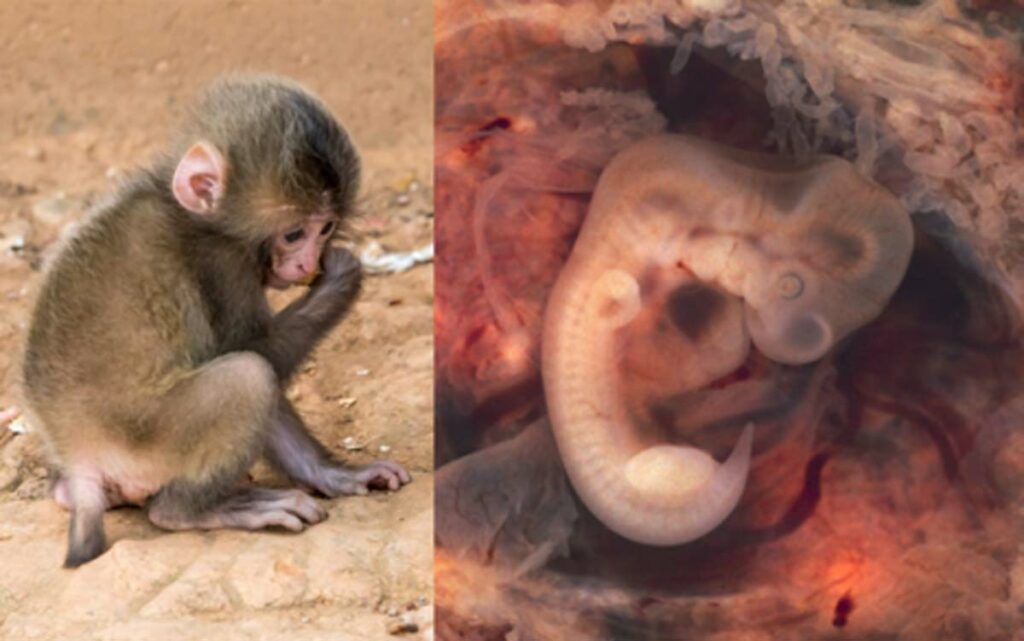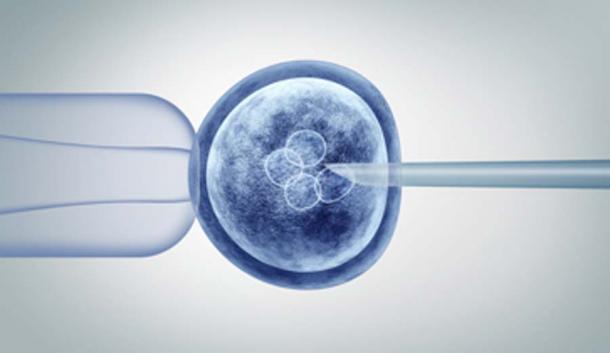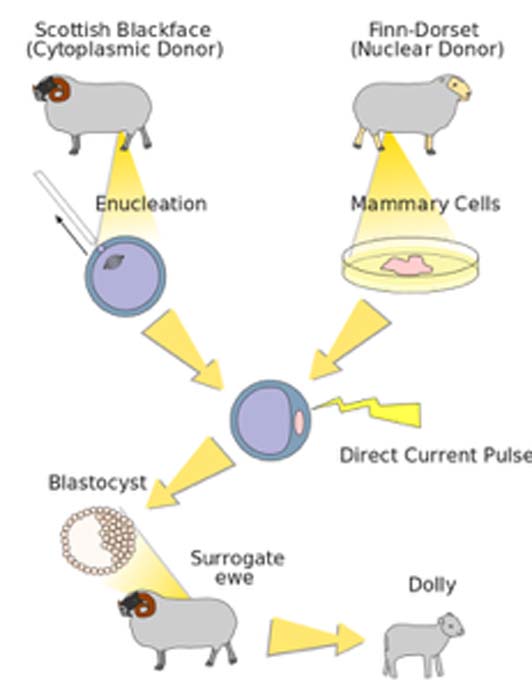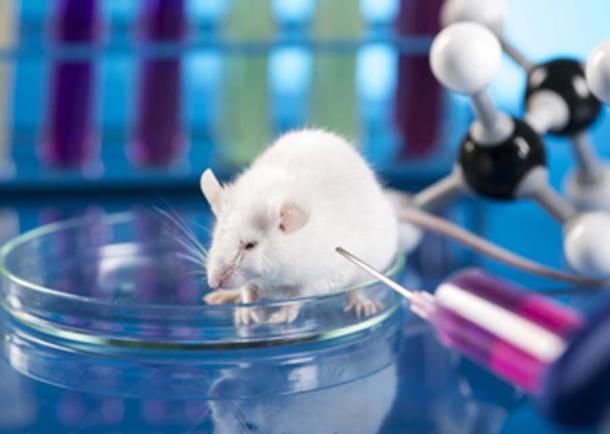A Controversial Experiment Pushes Boundaries

In a shocking move, a team of American and Spanish scientists relocated to China to circumvent European laws, carrying out a groundbreaking yet highly controversial experiment. Their goal? To create the world’s first human-monkey hybrid embryo, a step forward in the contentious field of breeding animals for human organ transplantation.
The Long History of Animal Testing
The practice of animal testing has a long and storied history, dating back to the ancient Greeks and Romans. Galen, a renowned Roman physician of the 2nd century, earned the moniker “Father of Vivisection” for his dissections of pigs and goats. In 12th-century Moorish Spain, the Arabic physician Ibn Zuhr (Latinized as Avenzoar) pioneered the practice of conducting surgical procedures on animals before applying them to human patients.
The Creation of Animal-Human Hybrids
A Groundbreaking Achievement
Researchers from the Murcia Catholic University (UCAM) in Spain and the Salk Institute for Biological Studies (SIBS) in the US achieved a remarkable feat. They successfully created a human-monkey embryo by genetically modifying monkey embryos and injecting them with human stem cells.

The team, led by Juan Carlos Izpisúa, relocated their operations to China to circumvent Spanish laws prohibiting such experiments. According to reports, they first deactivated specific genes involved in organ formation before introducing human stem cells into the embryo.
Adhering to ethical standards, the experiment was terminated before the embryo could develop a central nervous system. However, the results were deemed “very promising” by Estrella Núñez, a collaborator on the project, who described it as “a necessary first step towards developing human organs in animals that could be used in transplants.”
The Dolly the Sheep Breakthrough

The creation of human-animal hybrids is not without precedent. In 1996, scientists at Scotland’s Roslin Institute made history by cloning Dolly the Sheep from a mammary gland cell taken from a six-year-old Finn Dorset sheep and an egg cell from a Scottish Blackface sheep. Dolly’s name was a nod to country singer Dolly Parton, as her DNA originated from a mammary gland cell.
The Ethical Debate Rages On
The ethical implications of animal testing and the creation of human-animal hybrids remain a contentious issue, with proponents and opponents fiercely debating the merits and drawbacks.
Proponents argue that research on living animals has been practiced since at least 500 BC and has led to life-saving treatments, asserting that there is no viable alternative to studying complete living organisms. They cite studies claiming that nearly every medical breakthrough in the last 100 years has resulted directly from research using animals.

On the other hand, opponents decry animal testing as inhumane and cruel, asserting that alternative methods are available to researchers. They point to studies documenting the subjection of animals to various forms of mistreatment, including force-feeding, forced inhalation, food and water deprivation, prolonged physical restraint, infliction of burns and wounds, and inhumane killing methods.
As the ethical debate rages on, the creation of human-monkey hybrid embryos serves as a stark reminder of the lengths to which scientists are willing to go in pursuit of medical advancement, and the profound ethical questions that such endeavors raise.

